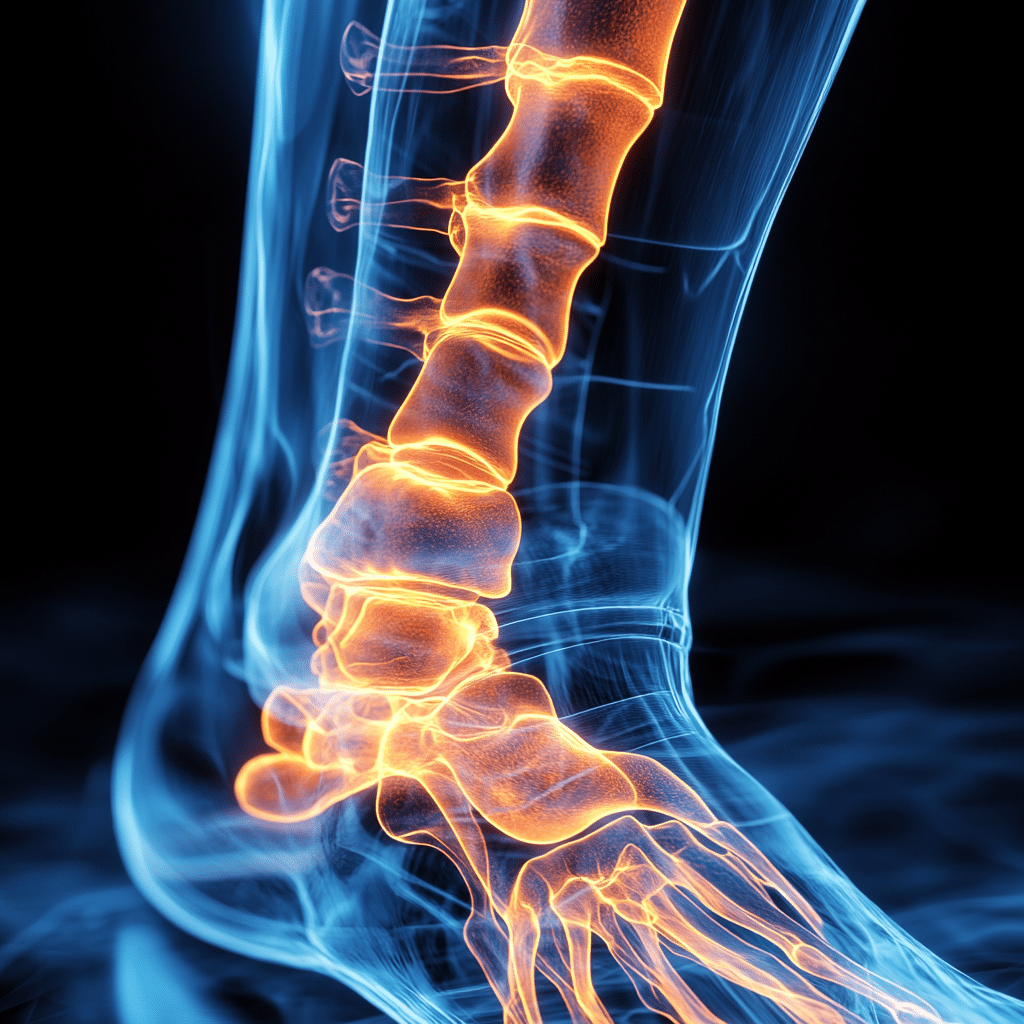Posterior tibial tendon dysfunction, often shortened to PTTD, is a pesky issue that many people face without realizing just how much it can hinder their everyday lives. The posterior tibial tendon does the heavy lifting of keeping your foot’s arch intact, and when it starts to falter, the consequences can be real. We’re talking about pain, mobility issues, and the potential for more serious complications down the line. Today, we’ll break down what PTTD is all about, how it affects you, and the best ways to tackle it head-on so you can keep your fitness game strong and never miss a beat!
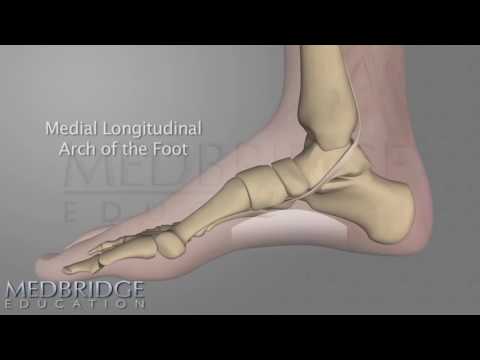
1. The Fundamentals of Posterior Tibial Tendon Dysfunction
The posterior tibial tendon is located on the inside of your ankle and serves a major function: it helps support the arch of your foot and keeps things moving smoothly. When this tendon suffers from dysfunction, you might experience significant pain, and mobility can become an uphill battle. Often, it stems from various causes like overuse, injury, or even underlying systemic problems like diabetes or inflammatory arthritis.
Think about it: every time you walk, run, or even just stand, your posterior tibial tendon is working behind the scenes. And when it’s out of commission? You begin to compromise your arch, leading to flatfoot deformities, which aren’t just painful but can also mess with your entire body alignment. It’s one of those situations where everything’s connected and understanding the full picture is key for recovery.
Key Points:
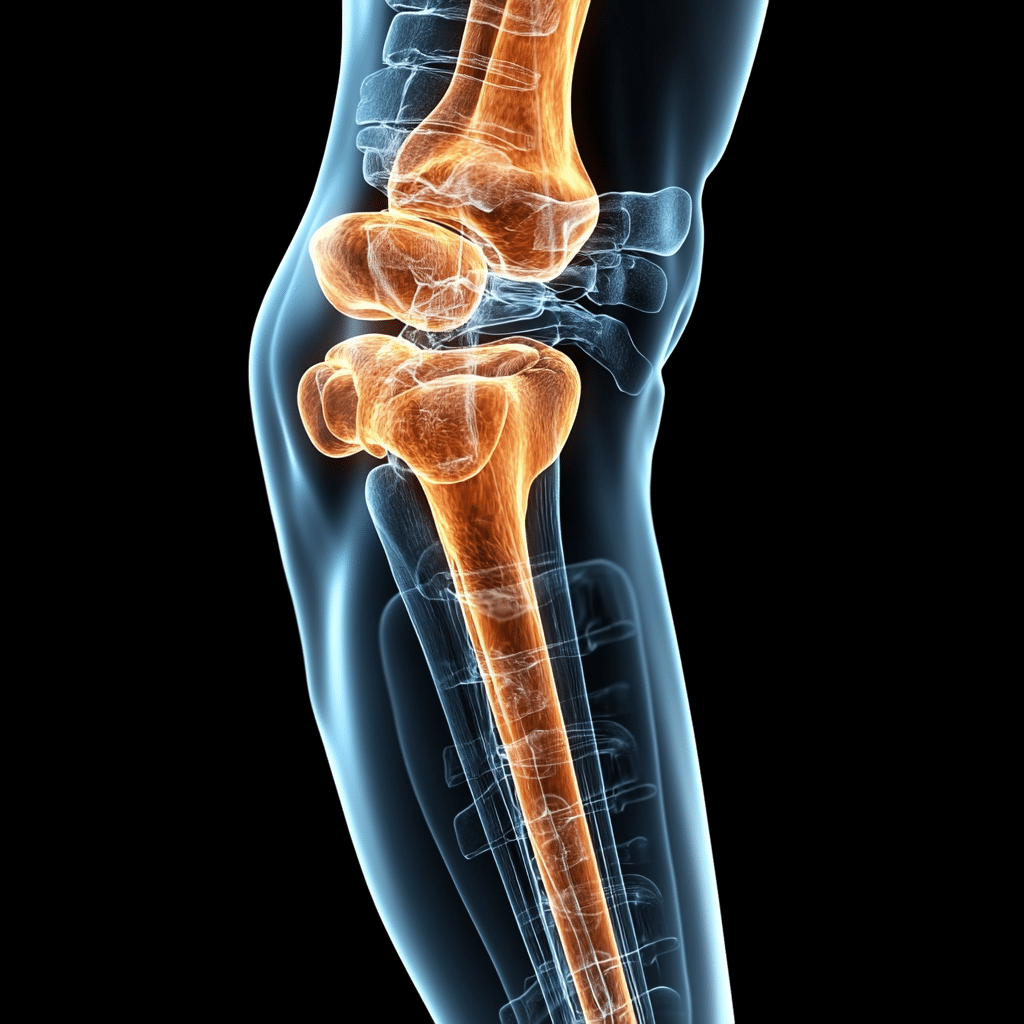
2. The Pain Spectrum: Symptoms and Diagnosis of Posterior Tibial Tendon Dysfunction
If you’ve got PTTD, you’re likely feeling the effects through an array of unwelcoming symptoms. Swelling, tenderness around the ankle’s inside, and even that dreaded flatfoot appearance can emerge without warning. Early diagnosis is crucial—waiting too long could lead to permanent damage and a whole lot of frustration.
When diagnosing PTTD, doctors will perform careful physical examinations to gauge your flexibility and strength. They might also recommend imaging tests like an MRI or ultrasound to get a clearer view. And it’s important to consider that PTTD can be misdiagnosed; conditions like patellofemoral pain syndrome might share similar symptoms.
Diagnosing Essentials:
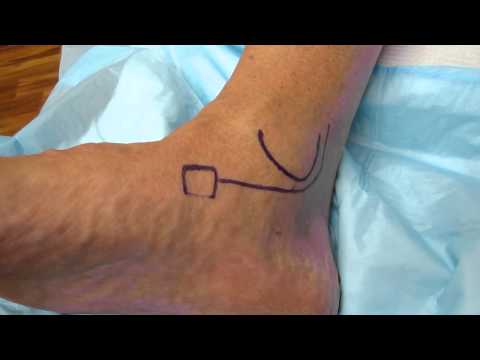
3. Top 7 Impactful Treatments for Posterior Tibial Tendon Dysfunction
When it comes to curing posterior tibial tendon dysfunction, a variety of treatment options are at your disposal. Here’s a list of seven effective ways to get you back on your feet:
Treatment Summary:
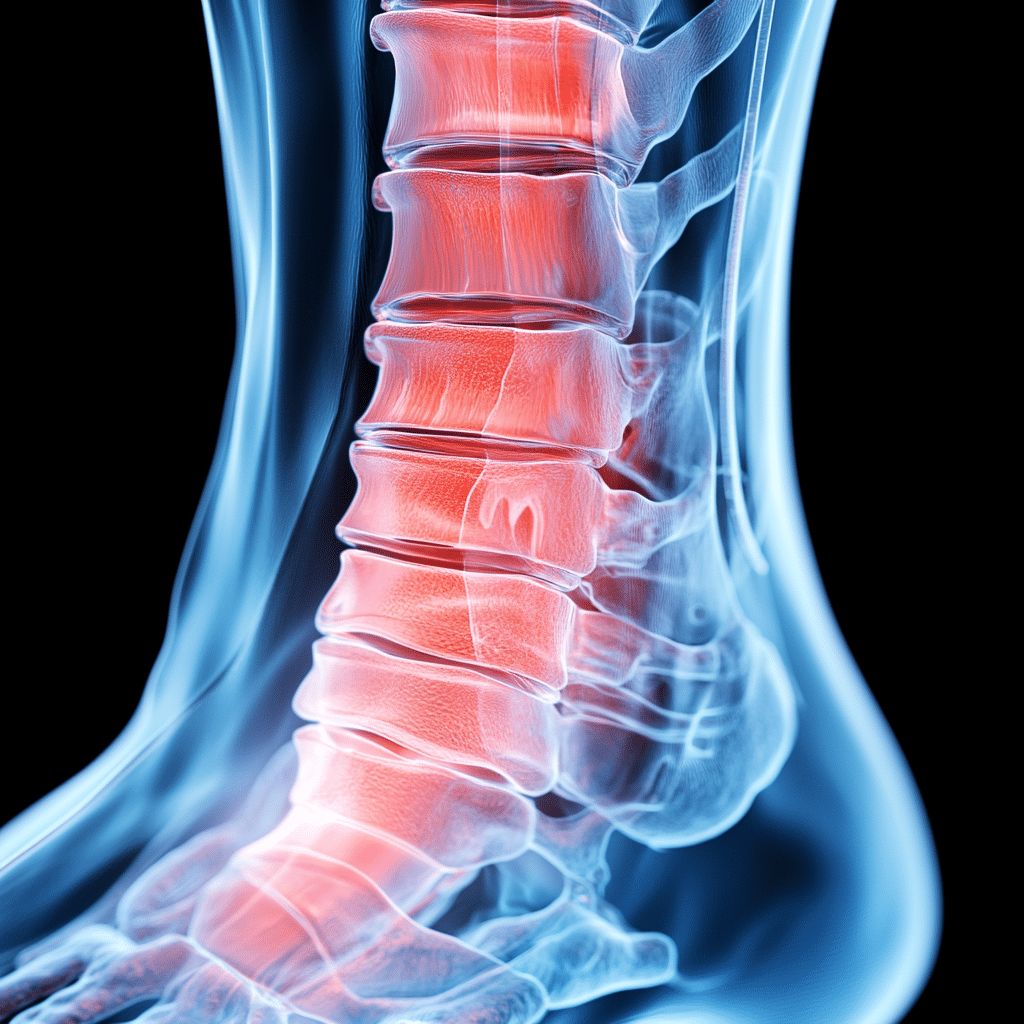
4. The Interconnection: Posterior Tibial Tendon Dysfunction and Patellofemoral Syndrome
Now, let’s dive into the interesting connection between PTTD and patellofemoral syndrome (PFS). If you’ve got PTTD, there’s a good chance you might feel some knee pain too. Why? When your foot mechanics are off, your knees take the brunt of the compensation, leading to discomfort in those joints.
Understanding this connection should empower you to seek integrated treatment. Instead of just targeting the ankle, consider ways to support your entire kinetic chain—from your feet all the way up to your knees. Working with professionals who understand this relationship can lead to a holistic recovery.
Key Relationships:
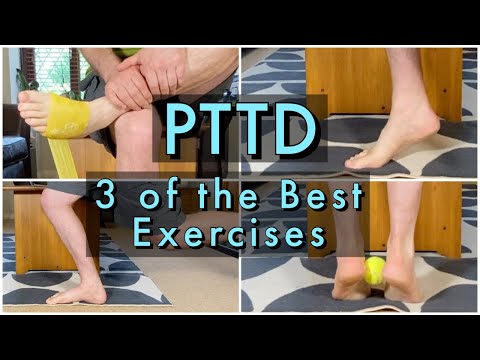
5. Exploring the Neurological Dimensions: Parietal Lobe and Cerebellum Functions in Pain Management
Let’s shift gears slightly and touch on how our brain interacts with chronic pain, particularly in cases of PTTD. The parietal lobe function plays a vital role in processing sensory data, including the pain you’ll experience with this dysfunction. On the other hand, the cerebellum function is significant for balance and coordination.
When these brain regions are not functioning optimally, it can exacerbate the experience of pain, making recovery feel even more difficult. Emerging research continues to unravel how our mental processes contribute to physical outcomes. This understanding paves the way for more effective pain management strategies that incorporate techniques targeting brain functions.
Neurological Insights:
6. Multifaceted Approach: Temporomandibular Joint Dysfunction Treatments and Self-Care
It’s intriguing, but studies suggest a link between foot pain from PTTD and temporomandibular joint dysfunction (TMD). Could the pain in your foot be affecting your jaw? Well, yes! Chronic pain takes a toll on your whole system, leading to tension elsewhere in the body.
For those dealing with TMD, several treatments can help alleviate the burden. Examples include dental splints to keep your jaw aligned, physical therapy to relieve muscle tension, and relaxation techniques to complement your recovery journey. Recognizing the interplay of these different body parts can enhance overall healing.
TMD Treatment Overview:
7. Proactive Self-Care Strategies for Managing Posterior Tibial Tendon Dysfunction
Taking charge of your recovery with self-care strategies can make a huge difference in managing posterior tibial tendon dysfunction. Stretching routines come in handy; basic calf and foot stretches can alleviate some discomfort while enhancing mobility. Also, consider integrating low-impact exercises like swimming or cycling into your fitness regimen, which can help maintain conditioning without straining the tendon.
Mindfulness practices shouldn’t be overlooked either. Consider incorporating yoga or tai chi, which can significantly improve overall well-being and mind-body connection. Staying proactive is crucial; it can not only aid in recovery from PTTD symptoms but also foster a healthier lifestyle.
Self-Care Essentials:
Redefining Recovery: The Future of Managing Posterior Tibial Tendon Dysfunction
As we move forward in understanding posterior tibial tendon dysfunction, new avenues for treatment continue to open up. With advancements in technology and rehabilitative methods, the outlook for individuals suffering from PTTD keeps getting brighter. Integrative approaches that consider the body’s interconnectedness can lead to more effective management of symptoms.
The beauty lies in empowerment through education. By taking charge of your health and seeking diverse therapeutic methods, you can reclaim mobility and genuinely enhance your quality of life. Remember, it’s not just about managing PTTD; it’s about thriving and staying strong on your fitness journey. You’ve got this!
Whether you’re pushing your limits in the gym or just trying to get through a busy day, keep your eyes on the goal. Let PTTD be a stepping stone in your journey rather than a stumbling block. Keep hustling!
Posterior Tibial Tendon Dysfunction: Fun Facts and Trivia
A Sneak Peek into the Condition
Did you know that posterior tibial tendon dysfunction (PTTD) can affect your daily activities more than you might think? This condition can interfere with your ability to walk, run, or even stand for long periods. It’s like trying to navigate a maze when you’d rather just stroll through a park. An interesting tidbit is that PTTD is often linked to flat feet, a condition that many people overlook. While some may shrug it off as just a poor foot arch, it can actually lead to significant discomfort and pain, reminiscent of those pesky Boogers that stick around when you least want them.
The Importance of Foot Care
When it comes to foot health, the posterior tibial tendon is crucial for maintaining proper arch support. A well-supported foot can prevent numerous complications, including severe arch collapse or bunions. Speaking of which, if you’re curious about What Causes Bunions, that knowledge might be key when considering future foot problems, especially for those prone to PTTD. Just as hentai gif can be unexpected, so can the onset of this dysfunction, catching many off guard before they even realize something’s off.
Prevention and Management
Taking proactive steps to care for your feet can keep problems at bay. Strengthening exercises and proper footwear can help foot health thrive! Did you know that shopping at spots like Marks and Spencer in Bromley offers a range of supportive shoes? It’s worth the trip! Additionally, for some, the experience of discovering discomfort with PTTD is as surprising as the catchy 2008 song, I Kissed a Girl. Understanding your body and its signals is invaluable, especially when tackling conditions that might go unnoticed at first. Remember, a little knowledge goes a long way to warding off more serious complications down the line!
